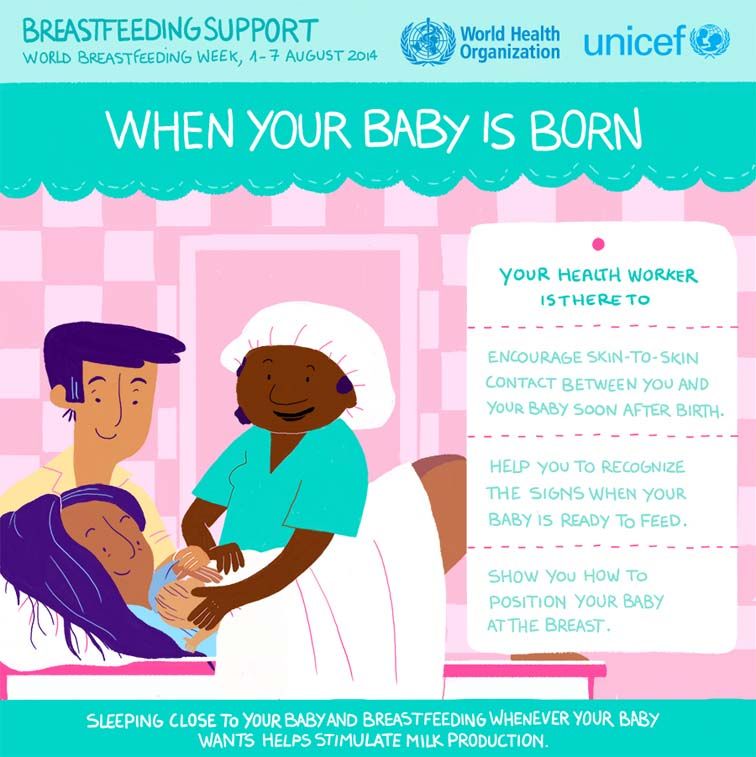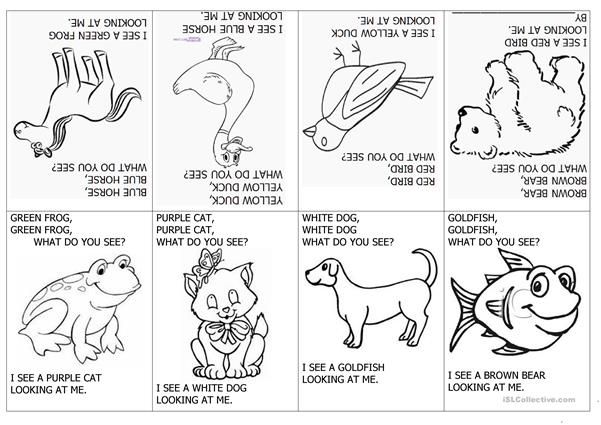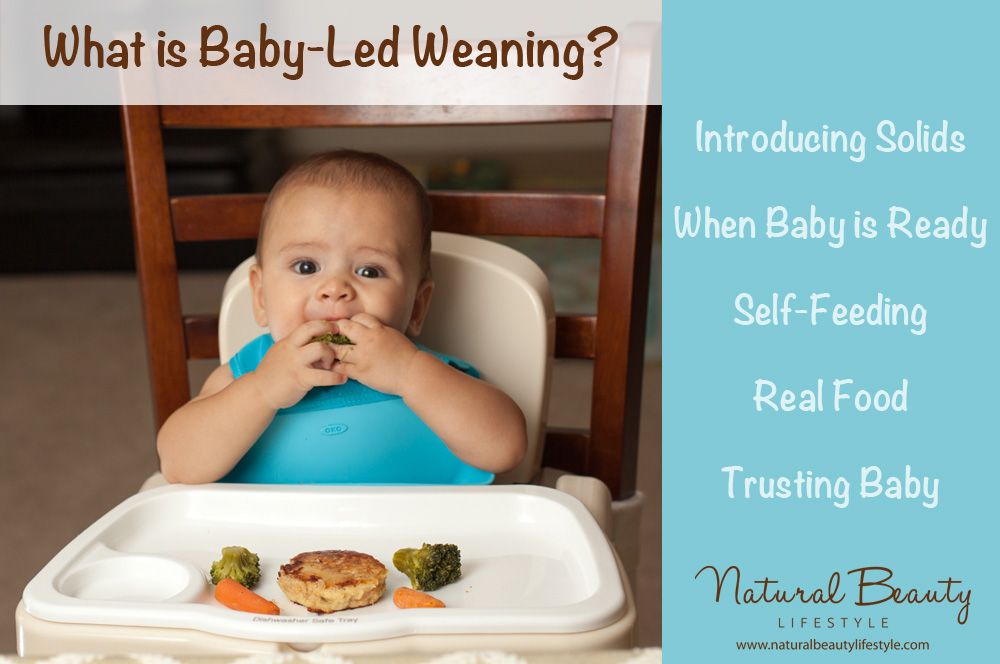How do robins feed their babies
American Robin Nests and Eggs
Q. How much do newly-hatched robins weigh?
A. 5.5 grams--a little less than a quarter.
Q. How long does it take for a baby robin to hatch from its egg?
A. The first baby hatches 12-14 days after the last egg is laid. Eggs usually hatch a day apart, in the order they were laid.
Q. How do babies hatch from the eggs?
A. Hatching can take all day. Each chick must fight its way out of the egg. First it breaks a hole in the shell with its egg tooth, a hook on its beak. Then the baby pokes, stretches, and struggles inside the egg, with many stops to rest. Finally it breaks free.
Q. How do baby robins eat?
A. For the first four days of a nestling's life, the parent birds regurgitate partly digested food into each baby's mouth. By five days of age, the nestlings get earthworms that parents break into small mouthfuls. The babies eat more each day. Soon parents give them whole worms and large insects. Each young robin may eat 14 feet of earthworms in a two-week nest life—and worms are not even their main food!
Q. Who feeds the baby robins?
A. Both parents feed the babies. A robin might make 100 feeding visits to its nest each day. There's no time to go far on a food hunt. That's why a good territory is important to robins in spring.
Q. How fast do baby robins grow?
A. Baby robins are helpless at birth but grow fast! They reach the size of their parents after just two weeks!
Q. Who takes care of the babies?
A. Both parents have full-time jobs. They protect the nest, find food, and feed hungry babies. The babies are in the nest for at least 9 days, or as long as 16 days.
Q. When do babies leave the nest?
A. Baby robins jump from their nest when they are about 13 days old.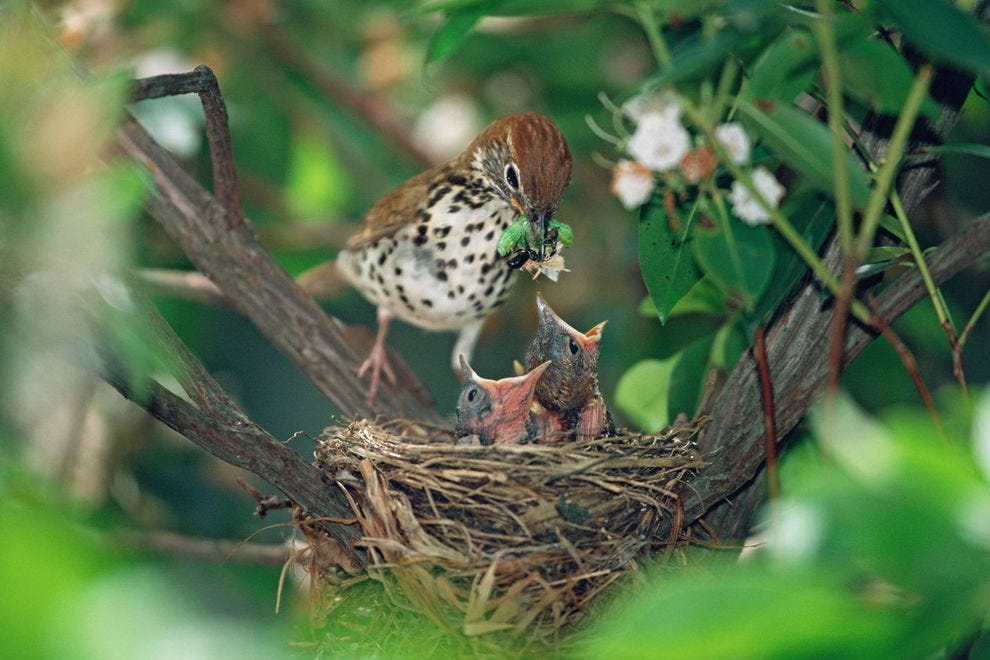 Leaving the nest is called fledging. This is a dangerous time for baby robins. They need time—and safe places—to practice flying. Please keep kitty indoors!
Leaving the nest is called fledging. This is a dangerous time for baby robins. They need time—and safe places—to practice flying. Please keep kitty indoors!
Q. When do robin babies learn how to fly?
A. Baby robins can't fly well when they leave the nest. They must build up muscles and grow adult feathers to be strong fliers. The babies are capable fliers just 10-15 days after fledging.
Q. When do babies leave the nest?
A. Baby robins are ready to leave the nest when they are about 13 days old. Within 24 hours the nest will be empty.
Q. Are babies independent when they leave the nest?
A. No. Once babies fledge, both parents still feed them for a few days. Mom soon leaves to lay a new clutch of eggs. The fledglings will need to learn from other robins when Dad leaves to help with new nestlings.
Q. How do baby robins recognize their parents?
A. When they first hatch, they probably don't! They know the parents have arrived with food by the "bounce" they feel on the nest, and on a sunny day by the shadow their parents make over them. This is their signal to pop up with their mouths open. Little by little, they start learning the sounds their parents make, too. By the time their eyes open, they already know their parents' voices.
When they first hatch, they probably don't! They know the parents have arrived with food by the "bounce" they feel on the nest, and on a sunny day by the shadow their parents make over them. This is their signal to pop up with their mouths open. Little by little, they start learning the sounds their parents make, too. By the time their eyes open, they already know their parents' voices.
Q. How do baby robins keep their nest clean?
A. Baby robins produce their poop in fecal sacs, encased in strong membranes so they don't leak. To learn more, see our Fecal Sac Lesson.
Q. When do young robins learn to fly?
A. Baby robins jump from their nest when they are about 13 days old. It takes them another 10-15 days to become strong fliers and independent birds.
Q. What three things does a baby robin know as soon as it hatches?
A. The nestling knows to sit very still when its parents are away, to pop up and open its mouth to beg for food the moment its parents return, and to poop as soon as it swallows some food.
Q. How do baby robins recognize their parents?
A. When they first hatch, they probably don't! They know the parents have arrived with food by the "bounce" they feel on the nest, and on a sunny day by the shadow their parents make over them. This is their signal to pop up with their mouths open. Little by little, they start learning the sounds their parents make, too. By the time their eyes open, they already know their parents' voices.
Q. How do baby robins keep their nest clean?
A. They produce their poop in fecal sacs, encased in strong membranes so they don't leak.
Q. What should I do if I find an injured or abandoned a baby robin?
A. It is against state and federal laws in the United States to possess any wild native American bird in captivity. Raising a wild bird is only legally entrusted to licensed rehabilitators. It is impossible to save every injured or abandoned bird. The most important thing to remember is to get it to a licensed rehabilitation center as soon as possible.
The most important thing to remember is to get it to a licensed rehabilitation center as soon as possible.
Q. Why has the mother stopped sitting on the nest at night?
A. By the time the babies are about a week old, the nest is getting crowded, and the babies are capable of keeping themselves warm, all snuggled together. At this point the mother robin starts sleeping on a tree branch again. If she is a wary mother, you might not see her feeding the young because robins are so fearful of alerting predators that they simply don't go near the nest if they notice anyone observing them.
Q. When a nestling falls from the nest, can I put it back? After a big windstorm, I found two very small baby robins on the ground under their nest. I'm afraid if I pick them up, the smell of my hands will make their parents abandon them. Can I handle them with gloves?
A. Robins identify their babies the way we humans recognize ours-by sight and sound, not by smell. So if you can safely put the babies back in the nest, go ahead!
So if you can safely put the babies back in the nest, go ahead!
Q. What do baby robins look like when they hatch from eggs?
A. Baby robins are colorful. Their skin in bright light may appear yellowish, and is transparent enough that it's possible to see a baby robin's green gall bladder, purplish-red liver, and orange yolk sac right through the skin! A newly-hatched robin has only a few tufts of fluff. The down feathers grow in quickly. This layer of soft feathers makes the nestling look fluffy and helps keep it warm when mother is away. How do body feathers grow? Each feather looks like a miniature straw at first. Then, that smooth outer case—the sheath—crumbles and allows the developing feather to open. In about 14 days the baby robin is covered with body feathers. Baby robins are born with their eyes closed. Eyes remain shut for about five days.
Q. Why are baby robins ugly at first? Yesterday the beautiful blue eggs hatched, and when my children saw the babies, they were surprised at how ugly they are! They've seen fluffy baby ducks and chickens but these robins don't look anything like that!
A. The reason ducklings and chicks are cuter than newly hatched robins is that they are actually older than robins when they hatch out! Most mother ducks and birds related to chickens nest on the ground, and lay a dozen or so eggs. If those babies hatched out helpless like robins, their calls and movements could quickly attract predators. It's much easier and safer for the female to quietly enter and leave the nest alone, and incubate for a few weeks longer, until the babies are strong enough to follow her out of the nest as soon as they hatch. It would be very difficult for a mother duck or chicken to find and bring enough food for so many babies all by herself, and male ducks and roosters simply don't know how to help care for babies. So upon hatching, ducklings and chicks, which are precocial species, immediately fluff out and follow their mother, who leads them to food and teaches them where to hide when danger approaches. They are developed enough to eat by themselves right from the start.
The reason ducklings and chicks are cuter than newly hatched robins is that they are actually older than robins when they hatch out! Most mother ducks and birds related to chickens nest on the ground, and lay a dozen or so eggs. If those babies hatched out helpless like robins, their calls and movements could quickly attract predators. It's much easier and safer for the female to quietly enter and leave the nest alone, and incubate for a few weeks longer, until the babies are strong enough to follow her out of the nest as soon as they hatch. It would be very difficult for a mother duck or chicken to find and bring enough food for so many babies all by herself, and male ducks and roosters simply don't know how to help care for babies. So upon hatching, ducklings and chicks, which are precocial species, immediately fluff out and follow their mother, who leads them to food and teaches them where to hide when danger approaches. They are developed enough to eat by themselves right from the start.
Songbirds are smaller than chickens and ducks, and mothers expend relatively more energy incubating their eggs. They have fewer babies in a brood, so it is easier for them to successfully feed their four or five babies than it would be for a mother duck or hen to feed a dozen (and most father songbirds, including robins, help with this task). It simply works better for them if their babies hatch while still very undeveloped. Birds with helpless young like this are altricial species.
Baby robins may be undeveloped, with very few feathers and bulging eyes at first, but beauty is in the eye of the beholder. Their parents think they're the most beautiful, wonderful babies in the world! And looking at them, you can learn a lot about birds. The first few days, you can see how enormous bird eyes actually are beneath their transparent skin and translucent skull. When their feathers grow in, we see only a tiny bit of those huge eyes.
Baby bird skin is clear enough to allow us to see some of their internal organs. You can see the greenish gall bladder (which holds bile produced in the liver to help them digest fat juicy worms!) the purplish-red liver, and the orange yolk-sac. As that grows smaller and the nestling grows bigger, you might notice some bright yellow areas here and there, those are fat deposits. Down feathers grow in fairly quickly to make the nestlings a little fluffy, so they can stay warm when their mother isn't incubating. Watch how their body feathers grow in. Each one appears to be a very tiny cylinder at first, like a tiny drinking straw, but that smooth outer case, called the "sheath," crumbles to allow the developing feather to open up. It takes only fourteen days or so for these tiny, unformed little creatures to grow a full body covering of feathers, with bright and sparkling eyes, able to hop and flutter their wings. Enjoy watching this amazing transformation!
You can see the greenish gall bladder (which holds bile produced in the liver to help them digest fat juicy worms!) the purplish-red liver, and the orange yolk-sac. As that grows smaller and the nestling grows bigger, you might notice some bright yellow areas here and there, those are fat deposits. Down feathers grow in fairly quickly to make the nestlings a little fluffy, so they can stay warm when their mother isn't incubating. Watch how their body feathers grow in. Each one appears to be a very tiny cylinder at first, like a tiny drinking straw, but that smooth outer case, called the "sheath," crumbles to allow the developing feather to open up. It takes only fourteen days or so for these tiny, unformed little creatures to grow a full body covering of feathers, with bright and sparkling eyes, able to hop and flutter their wings. Enjoy watching this amazing transformation!
Baby Robins - Daily Photos from Egg to Empty Nest
60shares
Please enjoy these photos of my daily documentation of the Mama and baby robins from the day the eggs were laid until the day they leave the nest as fledglings. You may also like our rockin’ robin craft and our paper plate robin craft. Both are perfect for toddlers and preschoolers.
You may also like our rockin’ robin craft and our paper plate robin craft. Both are perfect for toddlers and preschoolers.
Last summer, we returned home after 10 days of camping to discover that in our absence, a mother Robin had built a nest in the rafters of our covered deck. Shortly after, she laid 3 eggs, and I set up a ladder close by, and spent the next several weeks getting up close and personal with our baby robins. I was so blessed to get pictures of the babies hatching, of the parents feeding the baby robins, and I even managed to get pictures of the robins leaving the nest.
If the kids want to make a nest of their own, check out our easy paper bag bird’s nest craft.
You can see even more pictures of our baby robins here in this album on my Facebook page.
How many eggs do robins lay?
An American robin typically typically lays 3-4 eggs in her first nesting of the season.
When do robins lay eggs?
A robin may have 2 or 3 broods per season (between April and July), and will usually lay fewer eggs with the 2nd and 3rd nesting. A robin lays one egg per day at mid-morning, and doesn’t sit on her nest to incubate the eggs until all of her eggs have been laid. This way, all of the baby robins start developing at the same time in the eggs.
A robin lays one egg per day at mid-morning, and doesn’t sit on her nest to incubate the eggs until all of her eggs have been laid. This way, all of the baby robins start developing at the same time in the eggs.
How long do robins eggs take to hatch?
After laying her eggs, a mother robin sits on the nest for about 12-14 days until her babies hatch.
I managed to get a photograph of our babies on the day that they hatched, and I photographed their growth every day until they left the nest.
Mama Robin was very trusting and patient as I climbed up and down my ladder, snapping the pictures that you see here.
It was an absolute privilege to watch the miracle of life unfold right before our eyes and to see the changes that would occur in “our babies” quite literally, overnight.
Both parents feed the babies.
And it was such a thrill to watch the parents take turns feeding the babies every day. Yes, that’s right… “parents”. Both the mother and father robin feed the babies.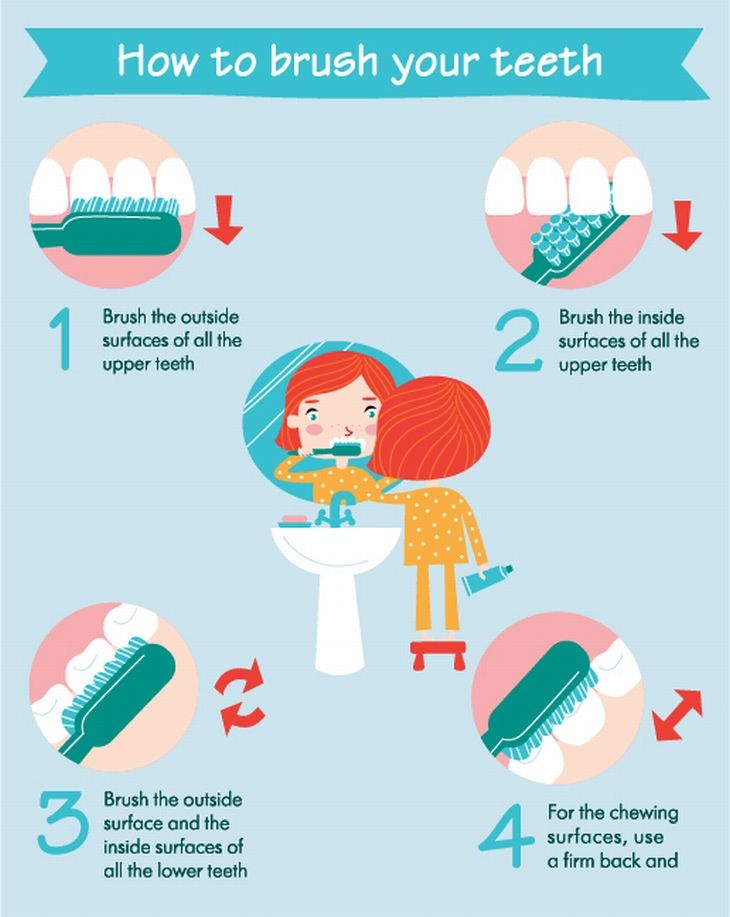 They take turns flying in and out of the nest all day long bringing their babies their meals.
They take turns flying in and out of the nest all day long bringing their babies their meals.
What do baby robins eat?
For the first four days, the parents feed them regurgitated food, and then their parents start giving them small bits of earth worms. Soon after, they start feeding them whole worms and bugs.
What about the baby robin poop?
Every time a baby robin eats, it poops immediately afterwards. Their poop is neatly contained in a thick membrane, so it’s similar to a tiny balloon. This is called a fecal sac. In the first few days after hatching, a robin’s poop doesn’t contain any bacteria, so the mother and father robins actually eat their babies’ poop. Eww! After a few days, the parents pick up the fecal sac in their beaks, and carry it a safe distance away from the nest, dropping it as they fly. They do this to prevent predators from knowing where the nest is.
How long do baby robins stay in the nest?
Baby robins are ready to fledge (leave the nest) when they’re 13-14 days old.
One evening, two weeks after 2 of the 3 eggs hatched (the 3rd never did), our little ones spread their wings and clumsily left the nest.
Fortunately, we were sitting on the deck when that moment arrived, so I grabbed my camera, and snapped the few pictures of our babies, as they hopped through the grass, and then made their way up into the low branches of a pine tree at the back of our property.
Where do baby robins go when they fledge?
The mother and father robin will stay close to the fledglings once they leave the nest, but the mother will need to leave them before long to lay another clutch of eggs. They’ll stay with the father and continue to learn from him (and from other robins) until Dad has to leave them to take care of the new round of babies.
I hope you enjoy the pictures of our baby robins.
We were thrilled when Mama returned again in late spring, and laid three eggs, and then again in July to lay 2 more, allowing us to experience it all for a second and third time, until our babies left the nest and hopped off into the shelter of the pines, once again.
Children’s Books About Robins:
To learn more about robins, and to hear the songs they sing, click here.
Robin Crafts for Kids:
Paper Plate Robins
Rockin’ Robin Craft
Jackie Currie
Jackie is a mom, wife, home daycare provider, and the creative spirit behind Happy Hooligans. She specializes in kids’ crafts and activities, easy recipes, and parenting. She began blogging in 2011, and today, Happy Hooligans inspires more than 2 million parents, caregivers and Early Years Professionals all over the globe.
60shares
description of the bird, characteristics and habitat, species
The robin is a small bird of the flycatcher family of the passerine order. It has several names - it is often called a robin, sometimes a dawn or an alder. Malinovka is known for her beautiful voice. Birds live near water bodies in mixed and broad-leaved forests, overgrown parks and gardens. They live in the northwestern part of Africa, on the northern coast of the Mediterranean Sea, in Scandinavia, western Eurasia. The name of the bird was due to its bright sign - an orange speck on the breast.
The name of the bird was due to its bright sign - an orange speck on the breast.
Appearance and behavior of the bird
The bird is 15 cm long and has a short sharp beak, black eyes and thin paws. Young robins are pale in color with white and brown spots. Adults look more bright:
- vertex and dorsum are grey-brown;
- breast and underside are orange;
- belly - light grey.
Large black eyes allow birds to navigate through dense vegetation. Females and males do not visually differ from each other. Individuals living in the southern regions have a more saturated plumage color.
Scientists say that robins living in warm countries are less mobile than those living in cold regions.
Bird activity peaks in the morning and before bedtime, but there are exceptions.
You can hear the singing of robins in the spring, when their mating season begins. Unlike nightingales, in which only the male sings, in robins, both the male and the female participate in the trills. The male individual by singing notifies competitors that the territory is occupied, the female one reports that she is looking for a mate.
The male individual by singing notifies competitors that the territory is occupied, the female one reports that she is looking for a mate.
FUN FACT . The robin is one of the first to sing, just before sunrise. Birds also actively sing at sunset, and sometimes at night.
On the video you can listen to the wonderful singing of the robin.
There are more male robins in nature than females, so not everyone manages to find a mate. Males that have not found a partner do not guard their territory. In addition, single males gather in flocks and live in groups until they start a family.
A male robin that has a pair behaves much more aggressively towards other males and even other types of small birds. The male without much thought attacks the stranger. In such civil strife, about 10% of robins die.
Robins live for about 2-3 years. In captivity or under favorable weather conditions, birds live up to 10 years. Their numbers are negatively affected by cold winters and a reduction in the volume of food supply.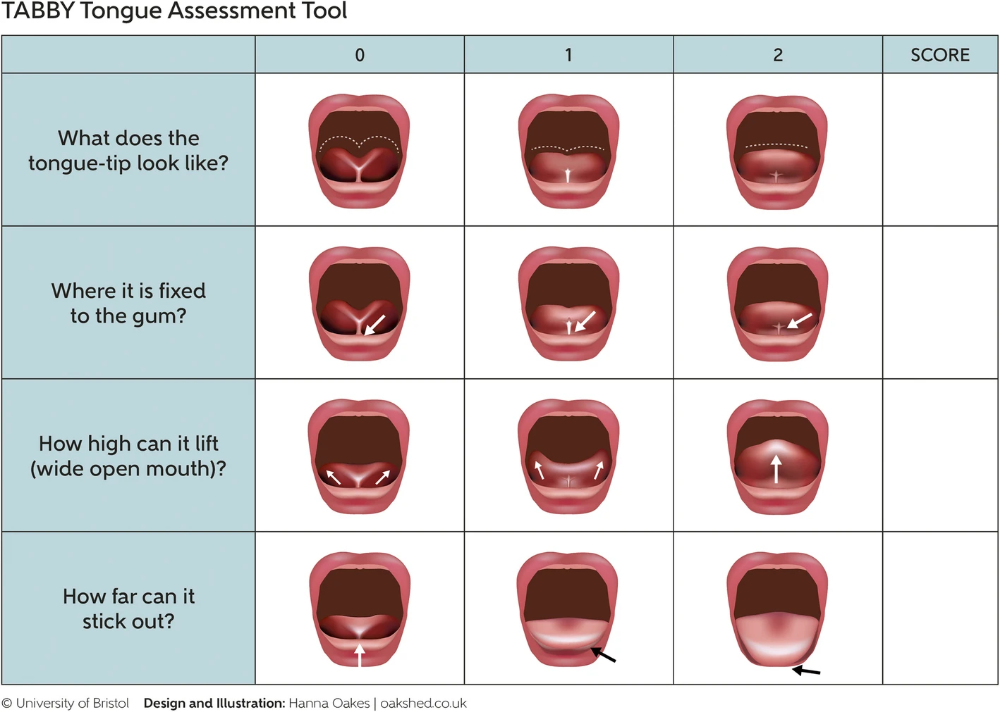
INTERESTING FACT. Robins living in England and Ireland are not at all afraid of people, since no one touches them. Birds can easily be approached at close range.
A robin sits on a branch with berriesRobins love water treatments. In the mornings, on the banks of reservoirs, you can see flocks of birds splashing in the water with pleasure. If there is no pond or river nearby, the birds use drops of morning dew to bathe.
To clean their feathers from parasites, robins fly to the anthill and bathe in it. After that, they go out into the sun and sunbathe. In winter, birds bathe in the snow.
Migratory or settled
In warm regions, the European Robin does not fly south for the winter. Individuals living in cold climates are migratory. For example, the British robin stays wintering in the same place where it lives. However, some females still fly to Italy and Spain. Birds living in Russia and in the Scandinavian countries fly to Western Europe or the British Isles. In Kazakhstan, part of the robin does not fly away, but remains to winter in the area of the Alakol basin. The European robin prefers to settle in spruce forests, while the British robin prefers to settle in gardens and parks. In the Tobolsk region, nesting robins were found in birch groves with dense undergrowth. Attempts have been made to settle the robin in Australia and North America, but they have not been successful.
In Kazakhstan, part of the robin does not fly away, but remains to winter in the area of the Alakol basin. The European robin prefers to settle in spruce forests, while the British robin prefers to settle in gardens and parks. In the Tobolsk region, nesting robins were found in birch groves with dense undergrowth. Attempts have been made to settle the robin in Australia and North America, but they have not been successful.
Most of the robins migrate from the Leningrad Region to Europe for the winter, but winterings of some individuals have been recorded, especially during warm mild winters. So, for example, there was a case when a robin nailed to a flock of sparrows. People fed the birds with bread crumbs, sunflower seeds, and millet. The robin came down with the sparrows to peck at the food. During severe frosts, the robin ate only what fell on a warm sewer manhole. She also tried to taste the mountain ash, but to no avail - the frozen berries did not succumb to her short beak.
FUN FACT . Outside the city, robins try to winter near a non-freezing reservoir or stream. Throughout the day, the birds hide in the bushes, but twice a day they appear near the water and spend about an hour there in search of food. Along the shores, birds find dry seeds of herbs and plants.
What is included in the diet of the robin
The diet of robins consists of various insects, worms, fruits and berries. Sometimes she enjoys hunting snails. In the presence of sufficient lighting, robins continue to hunt for insects at night. With the onset of cold weather, the diet of birds becomes poorer. They switch to plant foods: seeds, crumbs, grains. Sometimes robins follow wild boars in search of food in winter, as they know that animals often dig the ground. It may contain seeds or grains. Robins are not afraid of water and in search of food they fly to the shores of non-freezing lakes.
Robin on the bank of a stream During nesting in Russia and CIS countries, the diet of the robin consists of 92% of food of animal origin: eggs of aphids, centipedes, weevils and other arthropods. From food of plant origin, raspberry seeds predominate. In early - mid-autumn, insects make up 87% of the bird's menu, the rest is elderberry, blueberry, weed seeds.
From food of plant origin, raspberry seeds predominate. In early - mid-autumn, insects make up 87% of the bird's menu, the rest is elderberry, blueberry, weed seeds.
If robins live near the dwelling, in the cold season it is worth helping the birds and feeding them. Feeders can be filled with:
- grated carrots;
- small plant seeds;
- millet groats;
- dried or fresh berries.
Natural enemies
There are many natural enemies of robins - these are owls, falcons. Small predatory animals destroy their nests, eating both eggs and chicks. Also, hungry crows and magpies are not averse to eating eggs. Since robins often run on the ground, here they can become prey for cats. Humans negatively affect the habitat of birds by reducing the area of wild forests.
Reproduction and offspring
The robin can raise 2 offspring per year. If one of them dies, the birds may lay eggs a third time. The female is looking for a partner.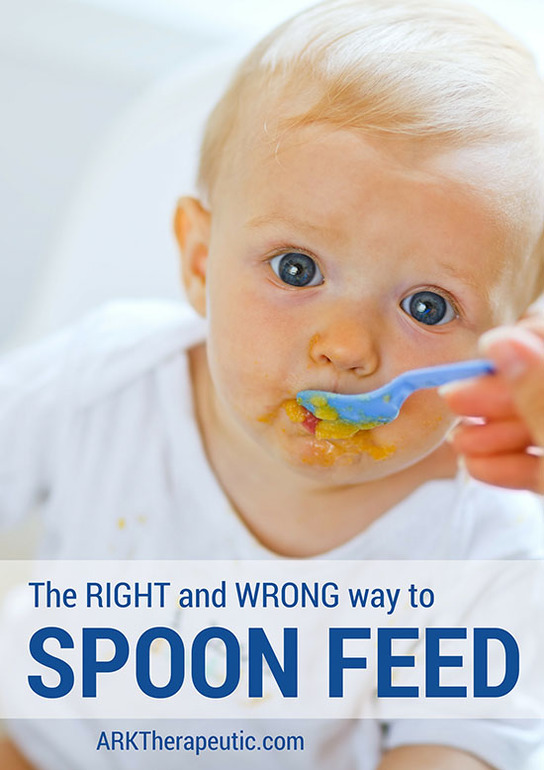 She flies into the territory of the male, which usually behaves aggressively. The female begins to sing, the male answers her with frightening sounds. The female flies away from him, and then returns again. She demonstrates humility, trembles, clings to the ground. In the end, the male, feeling a sense of superiority, accepts her into his territory.
She flies into the territory of the male, which usually behaves aggressively. The female begins to sing, the male answers her with frightening sounds. The female flies away from him, and then returns again. She demonstrates humility, trembles, clings to the ground. In the end, the male, feeling a sense of superiority, accepts her into his territory.
After fertilization, the female starts building a nest out of twigs, grass and dirt. In it, the bird lays 5-6 green-blue eggs. In the second clutch, the number of eggs may be less. One pair of robins usually covers an area of 60-120 m². Sometimes nests of different families are found at a distance of 50 m from each other. Robins are quite conservative and rarely change their habitat. Change of territory is possible in case of ruin of their nests or death of chicks. Then the parents fly away from their usual place and look for a safer nest for the device.
Incubation of eggs lasts 2-3 weeks. During this period, the male feeds the female.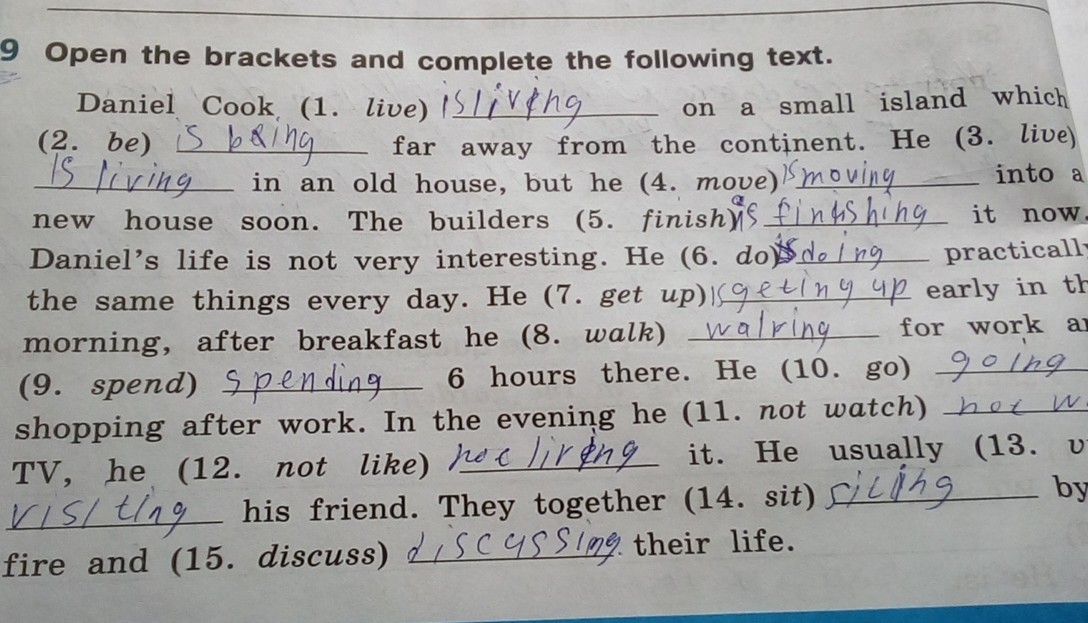 Both parents take care of the born chicks. Babies are born completely naked. So that they do not freeze, the female sits in the nest for some time and warms them. Parents actively feed their babies for about 16-20 days. Soon the female makes the next clutch.
Both parents take care of the born chicks. Babies are born completely naked. So that they do not freeze, the female sits in the nest for some time and warms them. Parents actively feed their babies for about 16-20 days. Soon the female makes the next clutch.
Chicks show their first attempts to fly three weeks after birth. After a month, they fully fledge and leave the nest.
INTERESTING FACT. Young robins are very curious and fearless. Sometimes they can run after a person.
There are rare cases of robins capturing the nests of smaller birds along with other people's eggs. For example, a situation was recorded when a pair of robins settled in the nest of a rattlesnake warbler. At first, they incubated their own and others' masonry, but in the end, the parents removed the eggs of the warbler. There were cases when robins could not distinguish other people's eggs from their own, and raised the chicks of other birds. This is actively used by cuckoos. They often lay their eggs on robins. Usually, the cuckoo leaves only 1 egg in one nest, otherwise the caregiver birds will not be able to feed two chicks. In the Zhelezo tract, Leningrad Region, ornithologists observed a robin's nest, where there was a cuckoo. He was younger than the robin chicks, and at first his parents brought him food less often than their chicks. When the cuckoo grew up, the situation changed. The older the foundling became, the more often the robins brought him food.
They often lay their eggs on robins. Usually, the cuckoo leaves only 1 egg in one nest, otherwise the caregiver birds will not be able to feed two chicks. In the Zhelezo tract, Leningrad Region, ornithologists observed a robin's nest, where there was a cuckoo. He was younger than the robin chicks, and at first his parents brought him food less often than their chicks. When the cuckoo grew up, the situation changed. The older the foundling became, the more often the robins brought him food.
The activity of caring for the robin's offspring does not depend on the weather: both in rainy and sunny weather, ornithologists observed long and short periods of feeding. During the white nights, the duration of feeding the chicks increased to 19 hours a day. Drizzling rain does not significantly affect bird activity. Only a heavy downpour can become a hindrance.
Unusual robin nests
Robins usually hide their nests under cover, even if they are close to the ground. In villages or city limits, robins may build a nest near human habitation, for example, on the roof of a house or barn. There was a case when a robin's nest was found, which was arranged on an old bag and a coil of wire hanging on the wall of an abandoned house. Ornithologists were surprised that the "house" was in the open. It had a solid base of dry grass and synthetic material, the bowl was made of dry leaves and moss, and the bottom was lined with grass and hair. The nest contained a clutch of 7 eggs.
There was a case when a robin's nest was found, which was arranged on an old bag and a coil of wire hanging on the wall of an abandoned house. Ornithologists were surprised that the "house" was in the open. It had a solid base of dry grass and synthetic material, the bowl was made of dry leaves and moss, and the bottom was lined with grass and hair. The nest contained a clutch of 7 eggs.
Rarely, robins settle in artificial plank structures without covers. For example, in the Moscow region, four such nests were found at a height of 3.5-4 m above the ground. The robins liked only houses with an area of about 200 cm² and a wide notch with a diameter of 6-7 cm. All the boxes hung in the forest for about 4-5 years, the boards were darkened from time to time. The next year, the observers decided to hang new boxes of the same size, but the birds did not settle in them. Maybe they didn't like the fresh board designs. There were also cases when robins made a nest in a titmouse-hollow.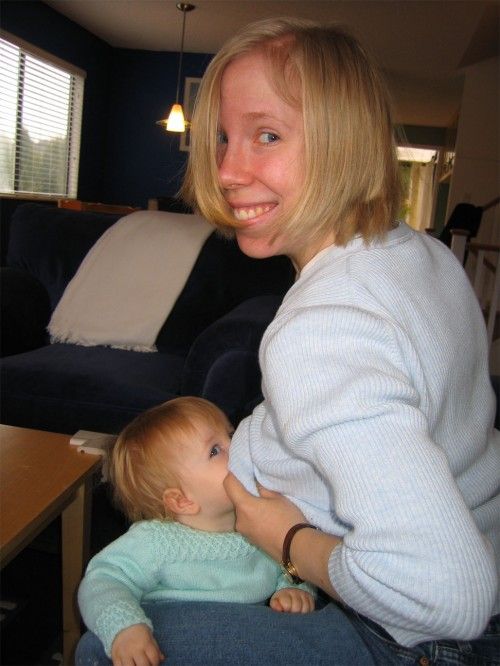
How chicks change their plumage
Robin chicks are covered with feathers on average in 12 days. However, its cover is significantly different from the plumage of an adult bird. On the 20th day, flight feathers appear. The helmsmen grow after another 6-7 days. Then the down-feather cover appears in the lower part of the wing. The change of nestling plumage can be divided into five stages:
- the first includes the renewal of feathers on the chest, then in the center of the back, on the hips, shoulders, neck, wings;
- the second is characterized by the change of feathers on the head, then on the small upper covert feather lines of the wings;
- at the third stage, all feathers on the body are replaced, except for the near-eye part; by the end of the molt, the young bird already looks like an adult;
- the fourth stage includes the change of cover on the periorbital part of the head, the renewal of vibrissae and the stratum corneum of the skin;
- the fifth stage is the growth of feathers on the abdomen, back, thighs and head of the bird.
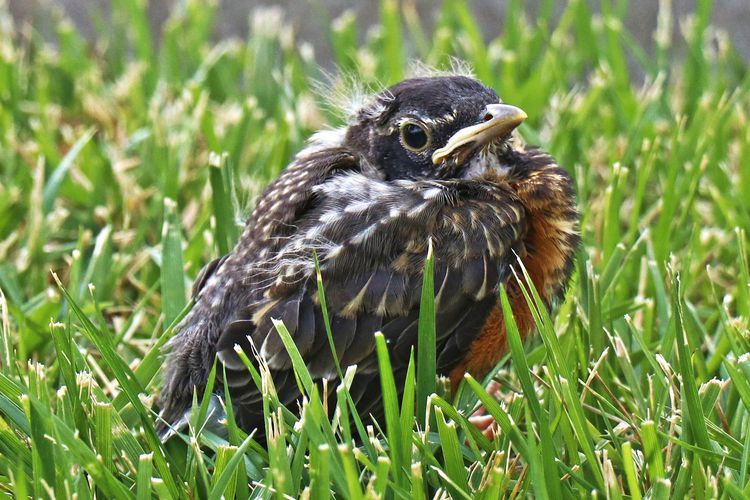
When capturing young robins from different broods, ornithologists concluded that the timing of molting of early and late chicks is significantly different. They depend on the length of daylight hours. Nestlings born at the beginning of summer took longer to change plumage than those of later broods. With a reduction in daylight hours, a decrease in the duration of molting was noted, and the change of feathers accelerated.
Cases of polygyny in robins
Although robins are considered monogamous birds, cases of polygyny have been noted by ornithologists in Karelia. Moreover, males and their first females were 1-2 years old, and their second partners were older than 2 years. Scientists examined all the robins that were nearby to understand what caused the polygyny. They found that mating with the second females took place while the first ones were busy incubating the eggs.
Robin Hatching Chicks Male robins actively feed their chosen ones before mating. Females hatching eggs receive food from males 1 time in 45-60 minutes. At this time, the males have enough time to look after another female. It is also interesting that the first females nested in more convenient places - spruce forests and thorny bushes, while the second ones built nests in pine groves less popular with robins. The second nest was always built at a considerable distance from the first, and habitats for other pairs of robins were often located between them. Since the second females started building nests later than the rest, the scientists concluded that the best places were already occupied by that time. It should be noted that the first females managed to breed two offspring during the season, while the second ones were able to feed only one brood. As for the care of the chicks on the part of the males, their priority was the broods of the first females. They fed the offspring from the second partners much less frequently. The scientists also noted that in the second clutch of the first females there was an average of 1 egg less than in monogamous couples.
Females hatching eggs receive food from males 1 time in 45-60 minutes. At this time, the males have enough time to look after another female. It is also interesting that the first females nested in more convenient places - spruce forests and thorny bushes, while the second ones built nests in pine groves less popular with robins. The second nest was always built at a considerable distance from the first, and habitats for other pairs of robins were often located between them. Since the second females started building nests later than the rest, the scientists concluded that the best places were already occupied by that time. It should be noted that the first females managed to breed two offspring during the season, while the second ones were able to feed only one brood. As for the care of the chicks on the part of the males, their priority was the broods of the first females. They fed the offspring from the second partners much less frequently. The scientists also noted that in the second clutch of the first females there was an average of 1 egg less than in monogamous couples. In addition, the eggs were laid two weeks later than in normal pairs. Usually the second clutch appears in the nest even before the departure of the first chicks from the brood.
In addition, the eggs were laid two weeks later than in normal pairs. Usually the second clutch appears in the nest even before the departure of the first chicks from the brood.
Ornithologists have made a logical conclusion that the male does not have time to properly provide food for both females and all offspring. This subsequently reduces the reproductive capacity of both the first female and the second.
Types of robins
Consider what varieties of robins exist. They differ not only in habitat, but also in plumage color.
- Javanese - body length 17 cm, weight 20 g. Prefers to build nests near water bodies.
- Blue-blue mountain robin - a bird with bright blue plumage, lives in Asia, Indonesia, Africa. The body has a length of 17 cm, weight 19-20 g.
- Japanese - inhabits the islands of Japan, the Kuriles and Sakhalin. It has a traditional color, but the back and tail are distinguished by a rich brown tint. The length of her body is 15 cm, weight is 18 g.
 The male and female are not similar in plumage colors.
The male and female are not similar in plumage colors. - Black-throated Robin - distinguished by a black spot in front and red plumage on the back and tail. Lives in forest areas.
- The white-tailed mountain robin is a bird with rich blue plumage and white tail feathers. Lives in the Caucasus and Siberia.
Traditions and legends about the robin
Ancient Celts and Germans associated robins with their gods. The bird was considered the messenger of the Sun, and later the messenger of the storm and thunder god Thor. If a robin made a nest, it was considered a good sign. The destruction of robin nests was a great sin and severely punished.
Over time, robins have become very popular. They were bred as pets by wealthy Europeans and Egyptians. In the 19th century, stamps and postcards depicting the robin became widespread in Europe. At the same time, a legend appeared that the birds tried to save Jesus Christ and extract the thorny thorn from his body. Therefore, on the front of the head and chest, they left a scarlet speck, symbolizing the blood of Christ.
Therefore, on the front of the head and chest, they left a scarlet speck, symbolizing the blood of Christ.
The robin is often mentioned in the works of famous writers and poets, for example, in the lullaby of the Isle of Man "Ushag veg ruy", the novel "Redneck" by Y. Nesbo. There is a whole cycle of paintings about the robin and fabulous creatures by the artist John Anster Fitzgerald. The most famous song about the robin in Russia is the work of VIA "Verasy" "Robins having heard a voice ...".
Keeping the robin at home
Due to its beautiful voice, the robin is often chosen for keeping at home. This bird is unpretentious to food and quickly gets used to the person. The robin will feel quite comfortable in a medium-sized cage made of wood or metal. In order for the bird to please with singing more often, you need to put the cage in a well-lit place, but direct sunlight or drafts should not constantly fall on it. In the warm season, you can keep robins on the balcony.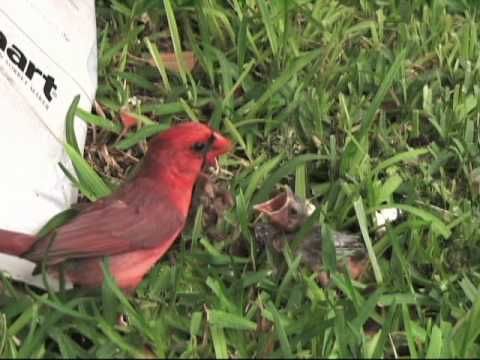 The cage should have several perches, containers for food, drink and bathing. Robins love to take baths, so the water in the bath will often have to be changed. It would be advisable to pour river sand on the floor of the cage, which the birds will use for proper digestion. Cleaning in the cage should be done every day, and complete disinfection once every 7-10 days.
The cage should have several perches, containers for food, drink and bathing. Robins love to take baths, so the water in the bath will often have to be changed. It would be advisable to pour river sand on the floor of the cage, which the birds will use for proper digestion. Cleaning in the cage should be done every day, and complete disinfection once every 7-10 days.
In captivity, the robin is fed:
- mealworms;
- grated carrots;
- hemp seeds;
- porridge;
- ant eggs.
It is enough to give an adult bird 6-8 worms per day. In autumn and winter, it is useful to feed robins with berries.
Robins do not coexist well with other bird species and do not get along in a large group. It is best if you get a couple of robins. If you organize a nest for them, they can lay eggs and breed. An ordinary small box with a hole is suitable for this. It is desirable that it be made of wood and have a sufficiently large entrance not less than 6 cm in diameter.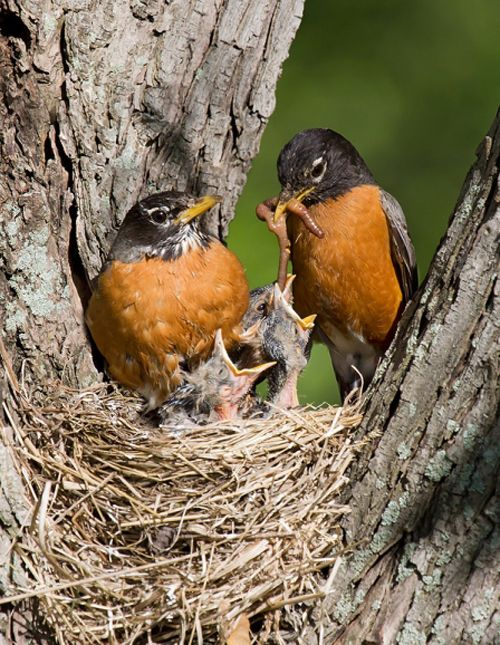
INTERESTING FACT. Robins are excellent parents and can even feed other people's chicks, in nature this is used by cuckoos.
How to catch a robin
Bird markets or pet stores sell robins very rarely. To get yourself this bird, you can catch it with a special trap with a slamming door. It is necessary to find a place where robins live, set 2-3 traps with worms or mountain ash and wait for the bird to get there. Robins are very trusting and are not afraid of humans. Noticing the food, the bird will jump on the door and fall into the trap.
Despite high mortality and a large number of enemies, the number of robins remains stable and nothing threatens the species. Active breeding 2-3 times a year and breeding in captivity allow you to save their population. It has about 200 thousand individuals, most of which live in Europe. However, people should think about preserving the habitat of these sociable birds, so as not to put the species on the brink of extinction.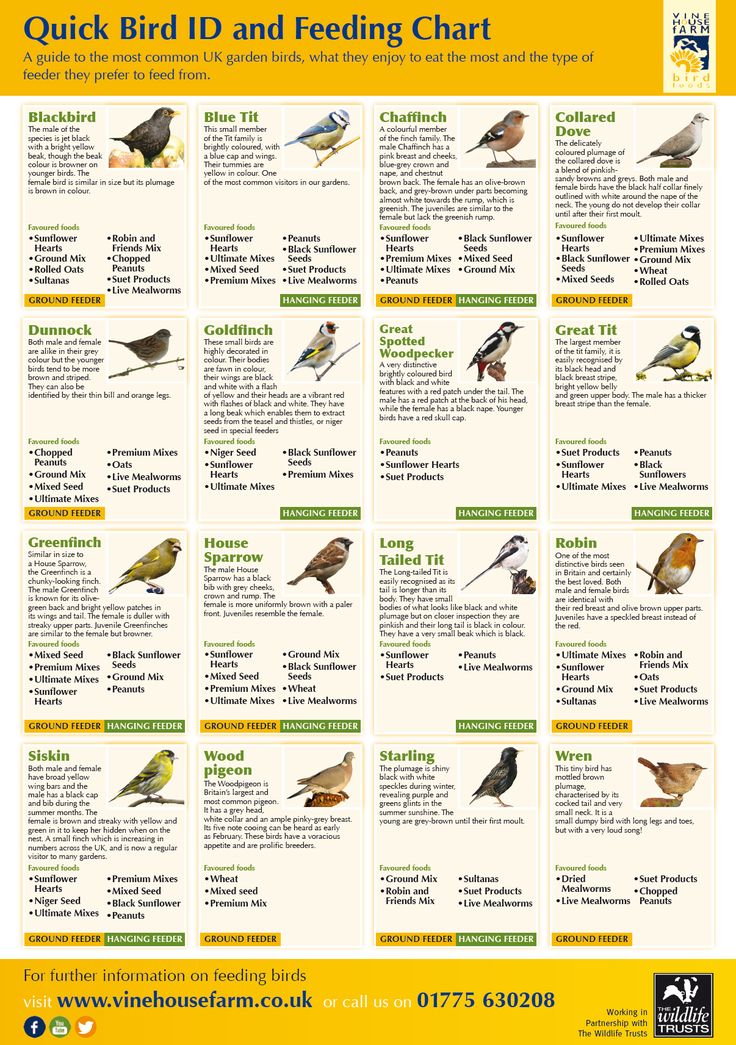
Birds that feed their chicks
Birds are skilled at catching large succulent insects in order to feed their young. This compilation captures caring parents feeding their little chicks. The photos are very touching and beautiful. Just imagine how much this garden warbler in the photo below needs to work to feed 5 hungry mouths :)
And this robin feels better, she has only one chick, the rest apparently fell out of the nest, as often happens. She has already managed to find an excellent delicacy for him in the form of a fat caterpillar
I also advise you to admire the beautiful photos in the selection of the most beautiful birds in the world. We continue on. Pay attention to what a touching picture - the father and mother of the robin together feed their cubs. Just some kind of family idyll
Feeding constantly hungry chicks is not an easy job, but most birds are monogamous (about 95%), i.e. do not change partners throughout their lives, therefore they often help each other in this important matter
Gray fantail has found a big fly for her chicks. The strongest of them reach for food in the first place, it is they who manage to survive. note how the weak chick was pushed aside. An interesting fact is that the frigate seabird has to feed its chicks the longest, as much as 14 months. This is not the only example of such heroism, for example, penguins incubate their chicks from eggs for 40 days, practically not moving from their place in conditions of terrible cold
The strongest of them reach for food in the first place, it is they who manage to survive. note how the weak chick was pushed aside. An interesting fact is that the frigate seabird has to feed its chicks the longest, as much as 14 months. This is not the only example of such heroism, for example, penguins incubate their chicks from eggs for 40 days, practically not moving from their place in conditions of terrible cold
Another caring mother who caught an insect similar to a cricket for her chicks
And this bird caught a worm and decided to feed all her cubs with it. Everyone got a piece of the treat
The most beautiful picture of a sunbird feeding offspring on the fly
Already quite an adult chick demands food from its mother :)
And this photo looks like a painting by some famous artist, the feeding process turned out to be very picturesque
And these baby swallows look not only hungry, but also aggressive - perhaps the parents hunted too long .


